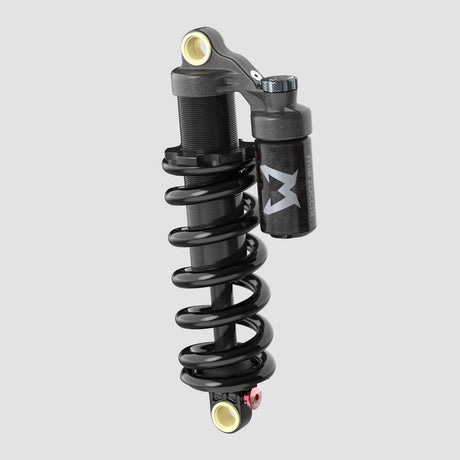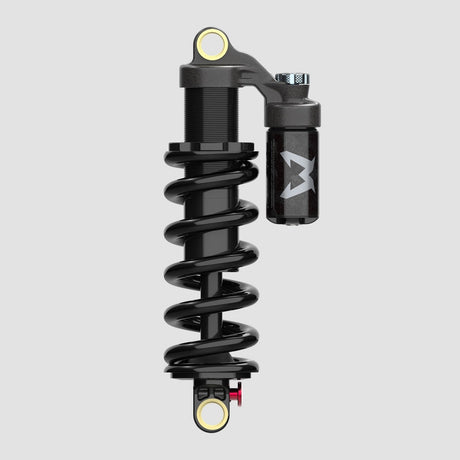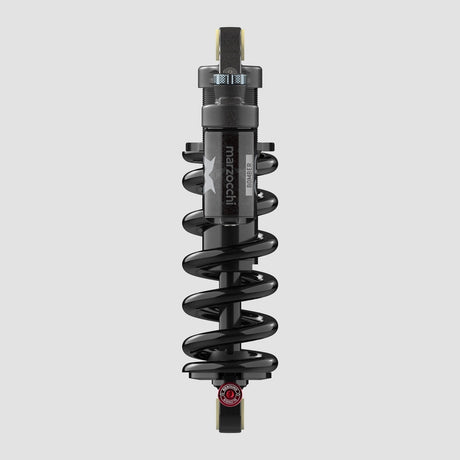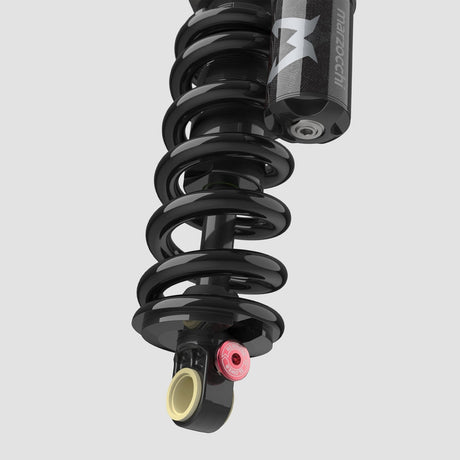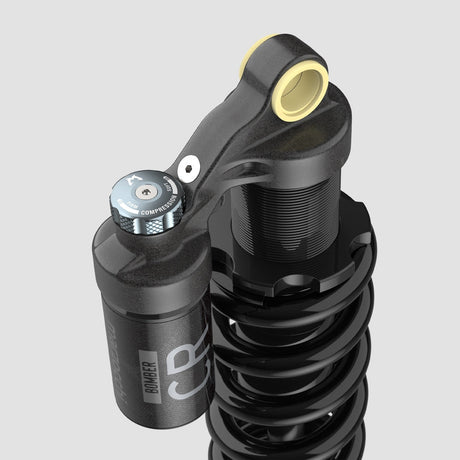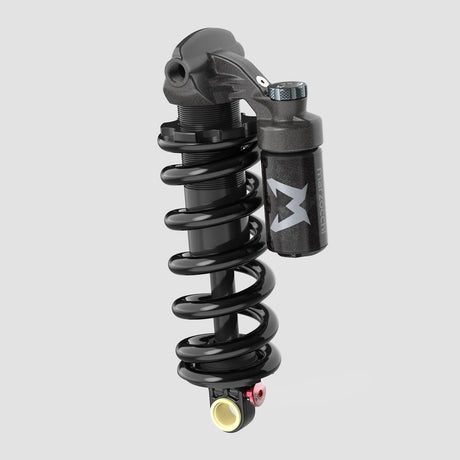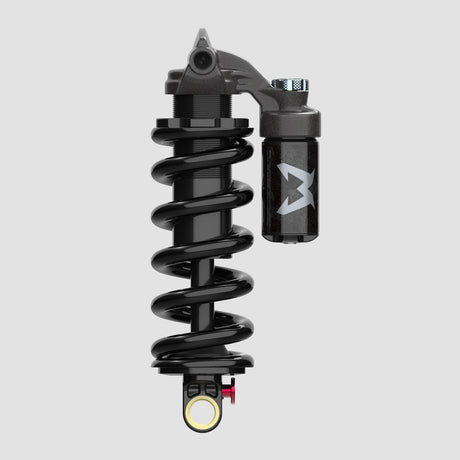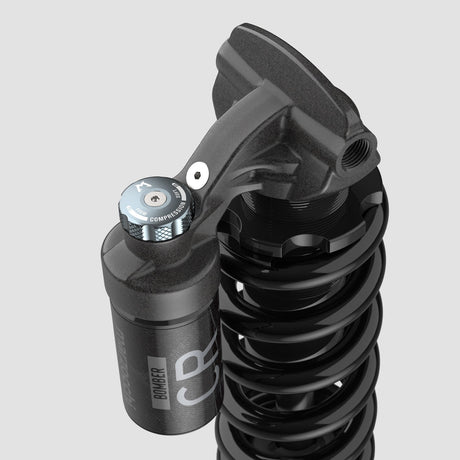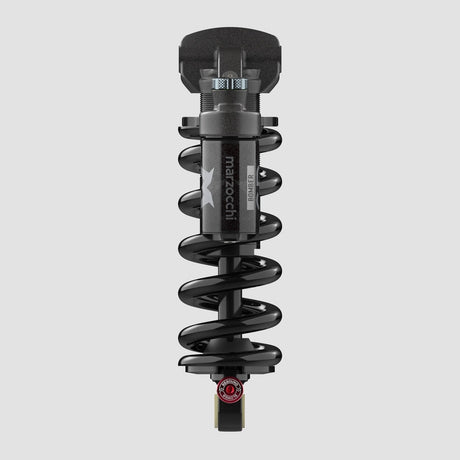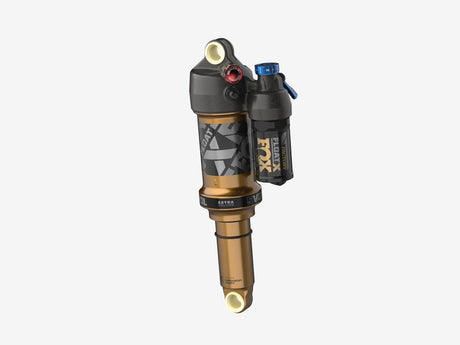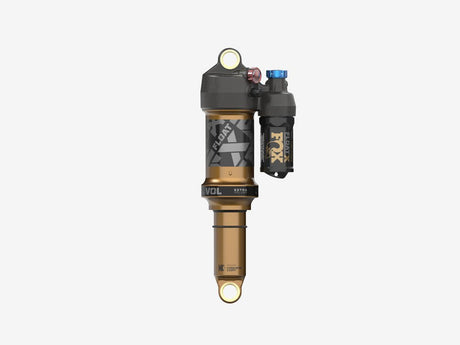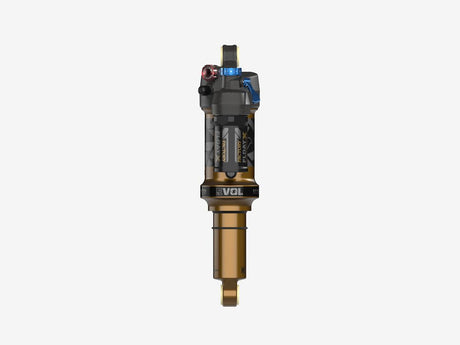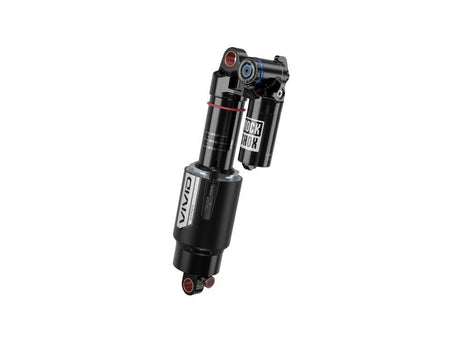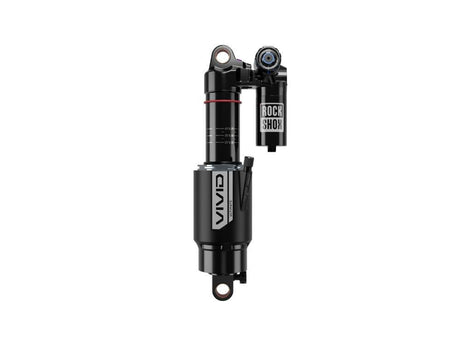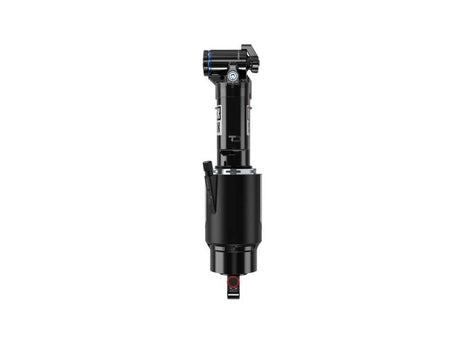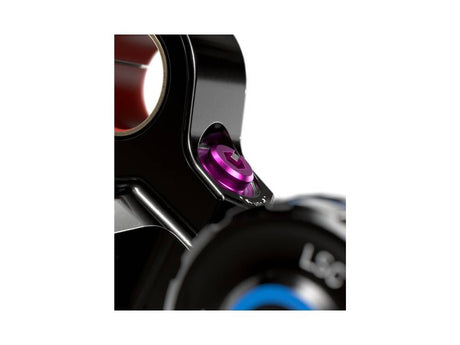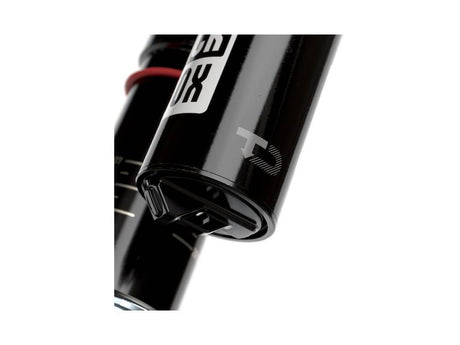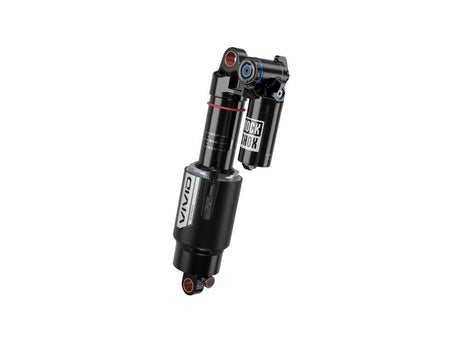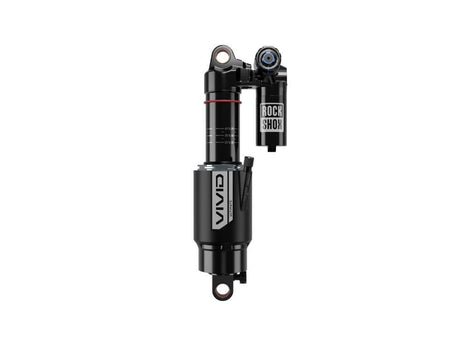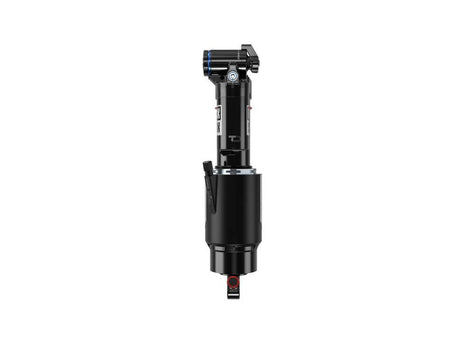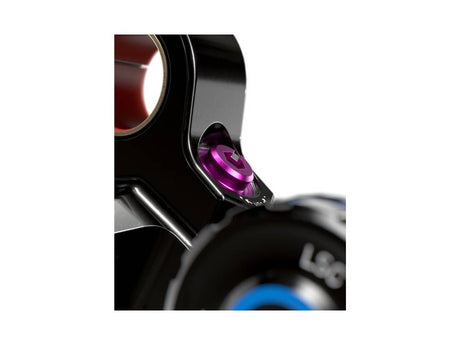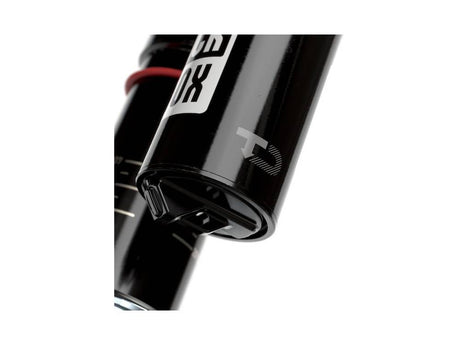Intro
Here at the Lost Co, we love shocks. We love looking at them, talking about them, playing around with all the little knobs and adjustments, and gosh do we love the way they do that squishy thing when we hit bumps and jumps while riding our bikes in the woods.
Most of all, we love helping people upgrade the shock on their bike - whether your old shock is broken/outdated, or you’re just interested in something nicer or a little different, we’re here to help.
Now the fun part is considering all the pros and cons of different shocks for different applications, thinking about which features are important to you, etc. But none of that is any good if you end up with a shock that doesn’t fit your bike, or you don’t have the hardware you need to install it. So instead of talking about all the exciting options out there, I’d like to spend some time discussing all the things you need to know to figure out what your options are and what you need to do to show up at the trailhead for your next ride with that new shock that you’ve been daydreaming about.
Shock Size
First off, you need to know what size shock you need. Shock size is made up of two numbers usually in given in millimeters. For example 210x55 is a common size. The first number is the “eye-to-eye” - meaning the distance between each eyelet of the shock (from the center of one eyelet to the center of the other eyelet). You can think of this as the total length of the shock. This number may not always be the “first” number, but it’ll always be the larger of the two numbers. The smaller number is the “stroke” of the shock. The stroke of the shock is how much the shock compresses, aka how much “squish” it has. While this is directly related to your rear wheel travel, it is a different number. For example, your rear wheel travel might be 150, but your shock stroke could be 55mm. Travel is how much the wheel moves, stroke is how much the shock moves.
Doesn't matter if your shock is air, coil, Fox, or RockShox, the numbers are the same.
Figuring out what shock size you need for your bike is generally pretty easy. We probably have it listed on our Mounting Hardware Database, but the bike manufacturer most likely has it published on their website also.
You’ll also come across “trunnion” shocks. Trunnion essentially means that you have an eyelet on one end of the shock that requires mounting hardware, and threaded inserts on the other end of the shock instead of a “non-trunnion” shock which would have an identical eyelet on each end of the shock (both of which will need mounting hardware). Basically - if the bolts that hold your shock in place thread directly into the shock on one end, that’s a trunnion! (If you seem to have a trunnion on both ends of the shock, congrats, it’s a Trek Thru-shaft!)
To make things easy (with the exception of some Treks), there are essentially “trunnion” and “non-trunnion” shock sizes, so as long as you know what size shock you need you can’t really get the wrong one. 205x60 for example is a trunnion size, whereas 230x60 is a non-trunnion size. Any shock you see in 205x60 is a trunnion shock, and any shock you see in 230x60 is a non-trunnion shock - regardless of whether or not it’s mentioned anywhere in the product description.
Now just because you find the correct shock size for your bike, doesn’t necessarily mean that shock will fit on that bike, which is where things get tricky.
There isn't one that's better than the other, just use the one your frame requires.
Coil shocks or larger volume air shocks (like the Rockshox Vivid or Fox Float X2) are quite a bit larger than a basic inline air shock. Because there are so many different frames and shocks out there, it’s impossible for us to maintain a comprehensive database of which shocks work with which frames. Still, you can generally get a good idea of what will fit based on the type of riding the bike was intended for and what shocks the manufacturer specs on the bike. For example, if your bike is a downhill bike or an enduro bike, and/or certain build kits come with a coil shock, there’s a pretty solid chance that most any shock will fit on that frame. However if you bike leans more towards the cross-country end of the spectrum and comes with a basic inline air shock like a Rockshox Deluxe or a Fox Float DPS, it may not fit a coil shock or even a slightly larger shock with a piggyback. You can typically get a decent idea just by eyeballing the frame design and the space around the shock, but there isn’t a great way to confirm 100% if a particular shock works with your frame aside from reaching out to the manufacturer.
You can also do some research online to see if someone else has tried a similar shock on your same frame. Keep in mind Carbon frames sometimes have a bit more clearance than aluminum frames, and larger frame sizes generally have more clearance than smaller ones, but every frame is slightly different. At the end of the day I always recommend carefully checking for clearance through the full range of stroke/travel (keeping in mind frames flex under load) to make sure you have plenty of clearance any time you install a new shock.
Check with the manufacturer before spending half of your paycheck on a shock!
Mounting Hardware
Whew, that was a lot. There’s only one more thing to cover, and luckily it’s fairly simple: mounting hardware.
Mounting hardware dimensions are also made up of two numbers measured in millimeters. We have a more detailed article that explains how to measure your mounting hardware but if you ride a more popular/current bike we probably have the mounting hardware size listed on our Mounting Hardware Database.
There are basically two types of mounting hardware: Rockshox and Fox. The actual eyelet of all modern respectable shocks is the same, so you can use either hardware setup on any modern shock, but to keep things simple if you have a Rockshox shock I recommend Rockshox hardware, and if you have any other brand of shock I recommend Fox hardware.
Rockshox hardware uses a metal “DU Bushing” that’s pressed into the eyelet of the shock. Fox hardware uses a white plastic/nylon 2-piece “IGUS Bushing” that can more easily be installed/removed from the shock eyelet. All Rockshox shocks come from the factory with that DU bushing installed so they’re ready to accept Rockshox mounting hardware. So you can totally use Fox hardware on a Rockshox shock, but first you’d need to remove that DU bushing. On the flip side, you can use Rockshox hardware on any non-Rockshox shock, you just need to make sure you install a DU bushing first (purchased separately from the mounting hardware). Mounting hardware takes a while to wear out, so most of the time you can just reuse your existing hardware when purchasing a new shock, but since it’s pretty cheap it can be worth just buying new hardware when you buy a new shock to save the hassle of swapping it over - especially if you’re swapping from Fox to Rockshox (or the other way around).
This Fox hardware fits perfectly in the RockShox Vivid!
Conclusion
So that’s about it. Some frames/companies make things slightly more complicated (lookin’ at you, Trek) but for the most part, if you know what size shock and mounting hardware you need, you can focus on the more exciting aspects of choosing the shock that fits your needs.

